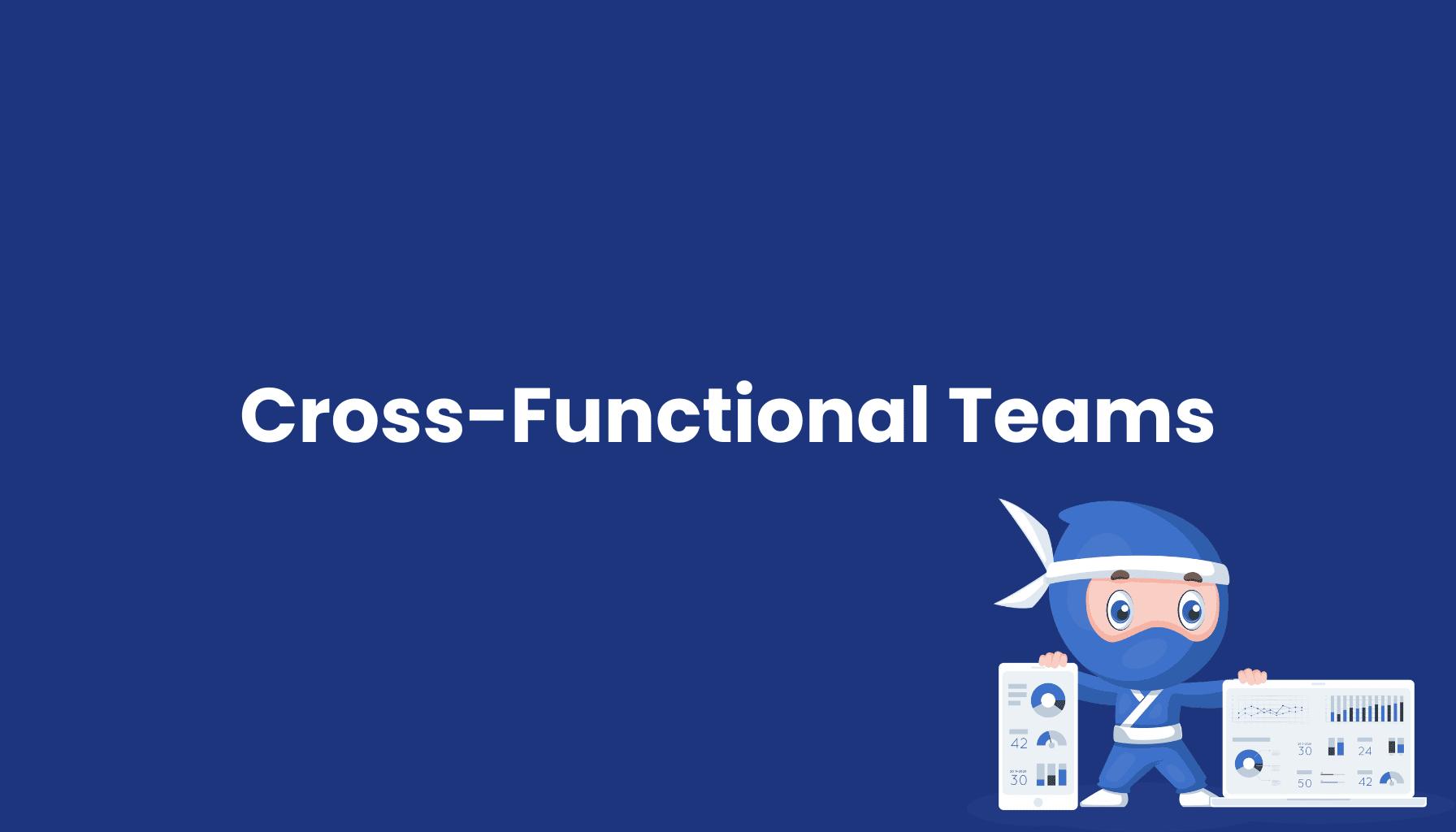Cross-Functional Teams

What Are Cross-Functional Teams?
Cross-Functional Teams consist of employees from different departments, such as production, IT, quality assurance, or logistics, collaborating on projects or process optimizations. The goal is to leverage diverse expertise to develop more efficient and innovative solutions in the manufacturing industry.
Example: A team of production managers, data analysts, and quality engineers optimizes an automotive supplier’s production line by analyzing real-time data to eliminate bottlenecks.
Benefits of Cross-Functional Teams
-
Innovation: Diverse perspectives foster creative solutions, such as novel approaches to process optimization.
-
Efficiency: Direct collaboration reduces communication barriers and speeds up decision-making.
-
Transparency: Clear alignment across departments minimizes misunderstandings and enhances coordination.
-
Flexibility: Teams quickly adapt to new requirements or market changes.
-
Knowledge Sharing: Team members learn from each other, supporting professional development.
Applications in the Manufacturing Industry
Cross-Functional Teams are widely used in manufacturing, particularly in:
-
Process Optimization: Teams from production, IT, and quality assurance analyze data to eliminate bottlenecks and implement Lean principles.
-
Digital Transformation: IT and production teams coordinate the integration of real-time data into existing systems during the deployment of a Manufacturing Execution System (MES).
-
Product Development: In the automotive or electronics industry, design, manufacturing, and sales teams collaborate to bring products to market faster.
Example: An electronics component manufacturer uses a Cross-Functional Team to reduce production time. Real-time data analysis optimizes material flow planning.
How Does SYMESTIC’s MES Support Cross-Functional Teams?
SYMESTIC’s cloud-native Manufacturing Execution System (MES) enhances Cross-Functional Teams by:
-
Real-Time Data Access: Production, quality, and machine data are available to all departments in real time, facilitating collaboration.
-
Transparency: Dashboards and reports provide insights into production processes, enabling data-driven decisions.
-
Data Integration: Connects production data with ERP systems, ensuring seamless coordination between production, logistics, and management.
-
Quality Management: Automated collection of quality metrics helps teams detect errors early and reduce scrap.
Example: A Cross-Functional Team uses SYMESTIC’s MES to analyze real-time production data, optimizing material flow and reducing production time by 15%.
Frequently Asked Questions (FAQs)
What’s the Difference Between Cross-Functional Teams and Traditional Teams?
Traditional teams typically consist of members from the same department, while Cross-Functional Teams combine diverse expertise to tackle complex challenges holistically.
What Challenges Do Cross-Functional Teams Face?
Challenges include cultural differences, communication issues, or unclear goals. Tools like SYMESTIC’s MES enhance transparency and coordination to mitigate these hurdles.
Conclusion
Cross-Functional Teams are key to driving innovation and efficiency in manufacturing. With SYMESTIC’s cloud-native MES, teams can leverage real-time data, optimize processes, and improve collaboration. Discover how SYMESTIC’s MES transforms your production!


